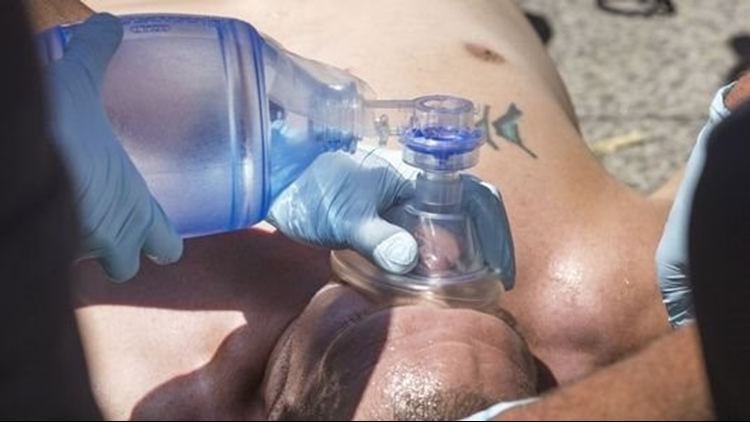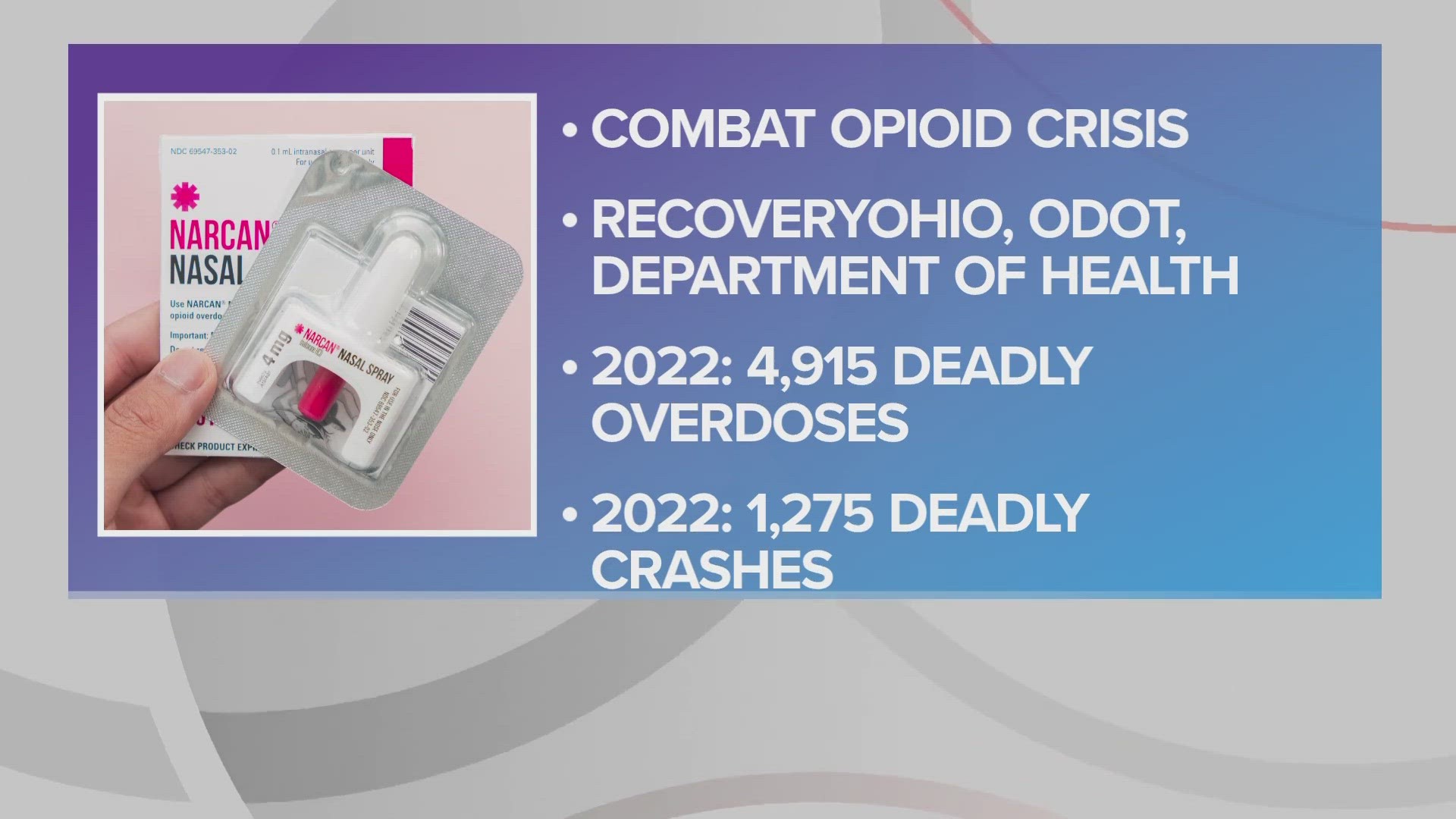The year 2017 brought 4,854 unintentional fatal overdoses in Ohio, setting a record with a 19.9 percent increase from 2016.
The Ohio Department of Health officially released the state's overdose death counts for 2017 on Thursday, noting that fentanyl was again the major killer in the mix.
A hopeful note in the state's report: Deaths from prescription pain pills are at an eight-year low, and deaths from heroin overdose are at a four-year low.
“The good news is, Ohio is seeing significant progress in reducing the number of prescription opioids available for abuse, and as a result, prescription opioid-related overdose deaths that don’t also involve fentanyl are at their lowest level since 2009,” said Dr. Mark Hurst, director of the state Department of Mental Health and Addiction Services. “This progress is significant because prescription opioid abuse is frequently a gateway to heroin and fentanyl use.”
Gov. John Kasich praised the efforts to stop prescription-drug use and the result of a drop in deaths a sign that "we're winning" the battle against the opioid epidemic. Officials noted that about 80 percent of heroin users say they started after misusing prescription deaths. He also noted that methamphetamine and cocaine and heroin are still being laced with deadly fentanyl, which he called "poison that will kill them."
Ohio saw 1,540 cocaine-related overdose deaths in 2017, a 39 percent rise from 2016. And it had 537 overdose deaths involving psychostimulants such as meth in 2017, an increase of 130 percent from 2016. Many of the deaths also involved fentanyl, Hurst said.
Prescription opioid-related overdose deaths have dropped nearly 28 percent since 2011, corresponding to efforts to stop doctor-shopping, to closely monitor prescriptions given by doctors and to urge medical caregivers to work within opioid-prescribing guidelines. "Between 2012 and 2017, the total number of opioids dispensed to Ohio patients declined by 225 million doses," the department said.
But officials say the big killer is still fentanyl, along with its derivatives. The highly potent synthetic opiate that's often manufactured overseas is a staple of the drug supply. It is showing up in cocaine and meth as well as heroin, both death records and drug-seizures show.
The state reports that there were 598 overdose deaths in Cuyahoga County in 2017, up from 547 the previous year. Some counties reported lower overdose-death counts in 2017, including Summit County, which went from 298 in 2017 to 239 in 2017. Lorain County dropped from 146 to 133.
Ashtabula, Lake, and Stark Counties also saw a decrease in the number of overdose fatalities in 2017, while Medina and Geauga counties saw small increases.
In Hamilton County, Coroner Dr. Lakshmi Sammarco initially reported 529 overdose deaths for last year. But after all the coroner's investigations were finished, the death toll was 570. That's a jump of 41 percent from 403 in 2016.
Some counties in the region reported lower overdose-death counts in 2017. Clermont County saw a drop last year for the second consecutive year, from 94 in 2015 to 83 in 2016 to 76 last year. The decrease is buoying treatment advocates, but they remain cautious.
"Although we still have a lot of work to do to address opioid use in Clermont County, I am encouraged by the drop in our fatal overdoses, as it’s a reflection of all the collaboration between agencies in the county to provide services and supports to individuals with an opioid addiction," said Karen Scherra, executive director of Clermont County Mental Health and Recovery Board.
Hamilton County appears to be experiencing a drop in overdoses this year.
As of Tuesday, the county coroner's office had documented 330 suspected overdose deaths for the year. That was down from last year's 445 at the same date. If the deaths stay on pace, they'll total roughly 412 at year's end.
Treatment advocates and the Hamilton County Heroin Coalition believe a collaborative effort between Mercy Health and area treatment centers is part of the reason the numbers are going down. They are working together to funnel overdose survivors into medication-assisted treatment, which scientific studies show works best.
That, coupled with a huge influx of the opioid-antidote naloxone, is rendering results in the fight against deaths, said Dr. Shawn Ryan, an addiction-treatment expert in the Cincinnati region who is involved in the effort.
But top officials in the regional fight against addiction and overdose urge caution.
Newtown Police Chief Tom Synan of the Hamilton County Heroin Coalition said even if overdoses continue at their current rate, the region will be seeing overdose deaths that remain higher than before the opioid crisis began.
"The reality is we have been in an epidemic for the several years and there are more overdoses and overdose deaths than when we as a country began responding," Synan said. "If… we are not better off than we started, then what that tells us is there is more work to do."
"The epidemic ... will not be resolved in a one-year time gap," Synan said. "We must change our vision to long-term data and standardizing definitions of what outcomes look like."
He noted that the country had more than 60,000 overdose deaths in 2016 and more than 70,000 deaths last year. He added, "Each is a mother, father, brother, sister, son or daughter."



